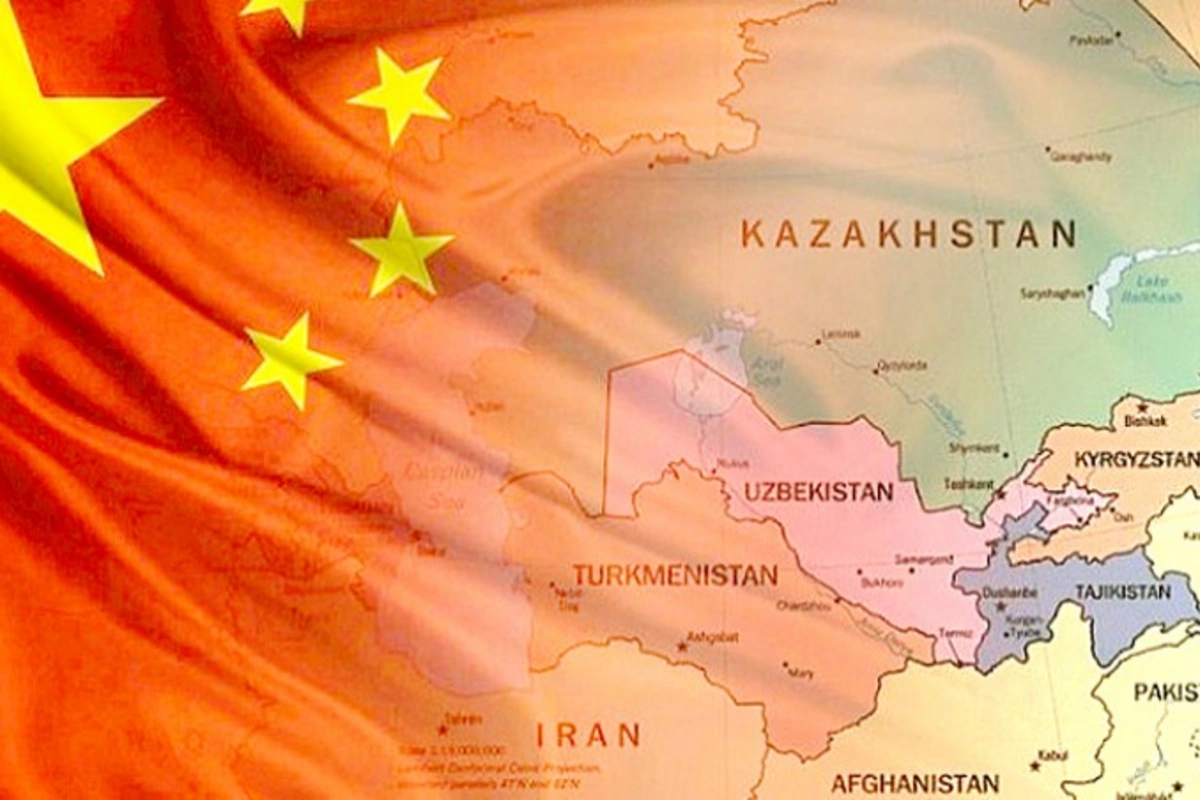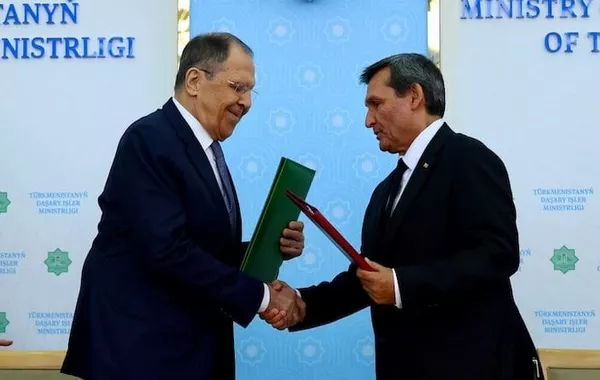
The 6th Central Asia-China Foreign Ministers' Meeting, held in Almaty, Kazakhstan on April 26, 2025, marked a significant move in Beijing’s efforts to expand its regional influence beyond bilateral ties and strengthen it through institutional frameworks.
The meeting, attended by Chinese Foreign Minister Wang Yi, as well as the foreign ministers of Kyrgyzstan, Tajikistan, Uzbekistan and the ambassador of Turkmenistan to China, underlined the importance China attaches to multilateral diplomacy. While cooperation in areas such as transport, energy, digitalization, environment and security were on the agenda, it was noteworthy that common interests were discussed in a structured and long-term framework, The Caspian Post reports citing foreign media.
The joint statement issued at the end of the meeting and the establishment of the secretariat of the Central Asia-China mechanism reflect Beijing's desire to transform its relations with the region into a sustainable and institutionalised structure. As China seeks to coordinate the Belt and Road Initiative (BRI) with the national development plans of the countries in the region, it is emerging as a norm-setting and guiding actor at the diplomatic level. While this situation reveals China's goal of establishing not only an economic but also a geopolitical and institutional sphere of influence, it also brings along the need for Central Asian countries to balance this process with strategic autonomy.
Highlights of the Almaty Declaration
The meeting reflects China's multi-dimensional influence strategy in the region, with deepening cooperation in strategic sectors such as transport, energy and digitalization. Considering Central Asia's transit position across Eurasia as not only an economic but also a geostrategic tool, China has put forward the goal of "logistics integration," including China-Central Asia-Europe railway lines, digital driving licences and sustainable transport practices. These steps clearly indicated Beijing's intention to establish a permanent physical presence in the region through infrastructure investments. The transport and digital transformation combination revealed that China also seeks to export its technological standards. Artificial intelligence centers and regional IT cooperation support this vision. In the field of energy, a more sustainable and interdependent structure is being built, with a shift from fossil fuel-based relations to renewable energy and low-carbon technologies.
In this framework, China is building an institutional and integrated sphere of influence through multilateral projects in the fields of transport, energy and digitalization. However, this structure creates the risk of increasing dependence on China for the countries in the region. Therefore, balancing policies and diversity of co-operation are crucial for maintaining strategic autonomy. In the security dimension, co-operation based on China's definition of the "three evil forces" (terrorism, extremism, separatism) draws attention. This approach aims to harmonize sensitivities regarding the Xinjiang Uyghur Autonomous Region with Central Asian countries. This security cooperation, which has been institutionalized through joint exercises, information sharing and cross-border operations, has also spread to areas such as cyber threats, digital crimes and drug trafficking. The Shanghai Co-operation Organization's (SCO) Anti-Drug Center, established in Dushanbe, is a prominent example in this framework.
It is also noteworthy that China's approach to security is not only military but also integrated with social development, education and health. Its support for the "Decade of Peace Building for Future Generations" initiative proposed by Tajikistan indicates this approach. While introducing new threat areas, such as artificial intelligence security and biosecurity, also reflects China's desire to bring global security norms to the regional level, this situation creates both an opportunity and a dependency relationship that needs to be carefully managed for Central Asian countries.
Another dimension of the meeting is China's efforts to increase its influence in the region through soft power tools. Initiatives in the fields of education, culture and health are aimed at increasing China's social influence. The China-Central Asia education ministers' meeting mechanism aims to bring China's socio-political norms to the region in addition to academic cooperation. Confucius Institutes, Luban Workshops, cultural festivals, sports events and youth exchange programs aim to build a positive image of China in public opinion. In health, traditional Chinese medicine, e-health technologies and health tourism have come to the fore within the scope of the "Healthy Silk Road" vision. While all these tools reinforce China's soft power, they also require Central Asian countries to be cautious about preserving their cultural autonomy.
Finally, environmental diplomacy also played an important role in the meeting. China positioned environmental security as not only an ecological but also a security issue linked to public health and regional stability. While the declaration of 2025 as the "International Year of Glacier Protection" and the "High Level Glacier Conference" to be held in Tajikistan draw attention to climate vulnerability, China aims to increase its influence in the field of environmental diplomacy with its support for these initiatives. The "2026 Kazakhstan Climate Summit" and the "2027 Bishkek+25 Mountain Summit" will likely reinforce this process. Projects on renewable energy, digital agriculture and disaster management are part of China's strategy to align its economic interests with environmental responsibility. The balanced management of this process depends on the ability of the countries in the region to integrate environmental co-operation with strategic autonomy.
China's soft power
The Almaty meeting clearly demonstrated Beijing's determination to make its influence in the region permanent, not only through economic instruments but also through multilateral institutional structures, thematic co-operation platforms and strategic coordination mechanisms. Through this format, China seeks to transform Central Asia into a multidimensional partnership not only in terms of energy and transport, but also in many other areas such as security, environment, digital transformation and cultural influence.
This approach shows that China positions Central Asia as a strategic "geopolitical buffer zone" as well as a "cooperation laboratory" in its global system competition with the West. Beijing's diplomatic engagement institutionalized through this multilateral platform should be read as part of its desire not only to deepen relations with the countries in the region but also to develop alternative norms and mechanisms in the global governance system. This shows that China is trying to take a position that supports multipolarity against the Western-centered model in the international system and considers Central Asia at the center of this strategy. However, China's increasing presence and strategic orientation not only offer opportunities for Central Asian countries but also bring potential risks, such as narrowing foreign policy diversity and increasing economic and technological dependence. In particular, the widening range of co-operation from security to education, transport to artificial intelligence, paves the way for China to become not only an investor but also a norm-setting regional actor.
Therefore, the Almaty meeting marks a turning point in which the geopolitical importance of Central Asia is rising again, and China is trying to steer this rise through institutional mechanisms. In this context, the biggest challenge for the countries of the region in the coming period is to manage their cooperation with China without turning into unilateral dependency relations and to produce balanced policies that will preserve their strategic autonomy within multipolar balances. This will only be possible through foreign policy strategies that use multilateralism in a truly balanced manner, do not neglect alternative partnerships, and have high domestic political resistance and social legitimacy.
Share on social media
